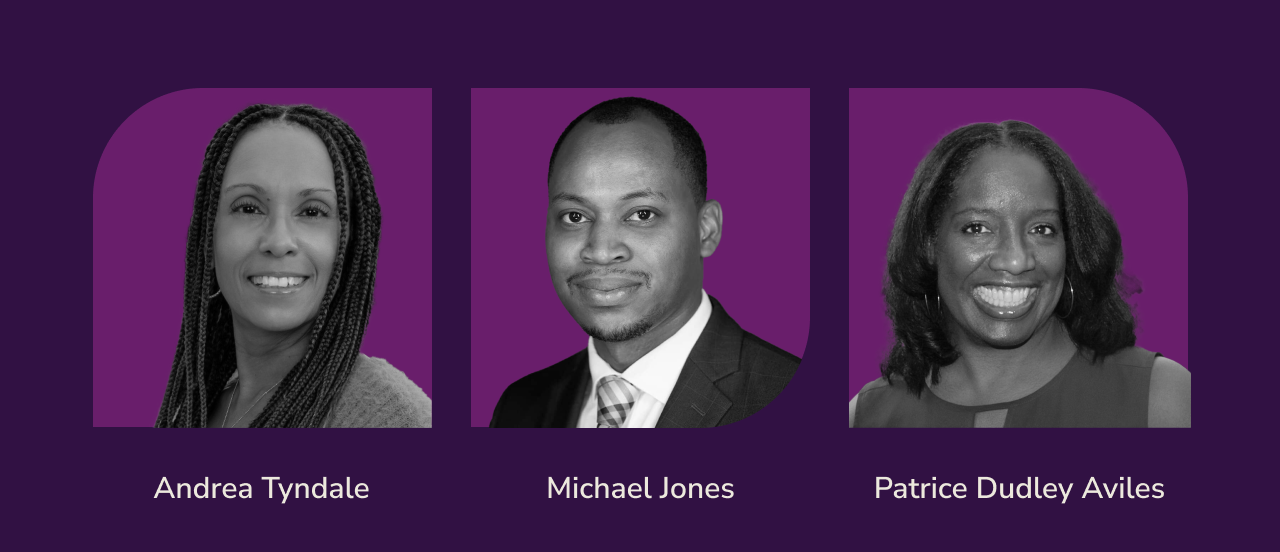
Agile HR
Agile methodologies are becoming ever more popular – and human resources teams are adopting their ideas. There are many ways in which HR can translate agile concepts for their own benefit, including those related to learning and development. The goal ultimately is to make the support of its customers – i.e. employees – more effective.
What Is Agile HR?
The agile methodology was created to make the development of software faster and more efficient. Although the concept arose in the 1970s with the growth of the software industry, the official term “agile” became popular in the early 2000s, along with the “Agile Manifesto”. Since then, agile project methods have been adopted by at least 86% of software development teams.
Upon viewing the success of agile, many functional areas outside of software became interested in using its ideas. And in many ways, HR activities are highly suited to its concepts.
How Do HR Functions and Agile Connect?
The starting point for adapting agile to HR is to understand who the customer is. This is because the first principle of the Agile Manifesto is “to satisfy the customer through early and continuous delivery of valuable software.” But, in terms of human resources, the customer is the employee. With this concept in mind, let’s examine major aspects of the agile methodology and how it translates to HR:
Agile Concept HR Equivalent
| Working across teams instead of in a hierarchy | Become a central part of every project instead of an independent department |
| Gather information from across the organization | Expand HR data gathering processes across the company |
| Constant feedback | Make performance reviews a continuous process |
| Learn from failures | Constantly adjust HR methods |
| Embrace creativity and new directions | Look for new sources of talent and new ways to develop it |
| Universal transparency | Turn employees into stakeholders through internal promotions and strategic integration |
The Growth Mindset and Agile
A central agile concept is “learning through failure”. This is actually the precise value on which the Growth Mindset is based. Both agile and growth mindset organizations refrain from punishing failure, and instead treat it as a learning opportunity and a way to create new approaches to important issues.
Why Is Agile HR Important?
As with an agile approach to software development, agile HR has significant benefits for the organization:
- Enhanced teamwork. Agile relies on good communication methods to shorten development cycles. HR can piggyback on this improvement to become a central player across the company. For instance, if the dev team urgently needs an employee with a specialized skill set, they will ask HR to make it happen. In this way, HR can gain a “seat at the table”.
- Continuous feedback. The usual feedback schedule of HR departments consists of periodic performance reviews, often on a yearly basis. An agile framework changes this to a constant flow of information so that both good and bad employee performance can be identified and addressed much more rapidly.
- Faster ability to change. Along with the rapid adaptation required in an agile environment comes a number of new processes. Taking the above as an example, if employees are needed in a hurry, HR must expedite the way it advertises, identifies, interviews, and onboards new workers.
- More focus on metrics. The cornerstone of any agile strategy is results, and that requires measurement. For HR to fit into this type of operation, it also needs to build effective evaluation frameworks of the type that are often lacking, particularly for L&D initiatives.
Agile and L&D
One of the most important HR functions that is affected by agile is learning and development. Agile requires an organization to revamp many aspects of its L&D process so as to be more flexible, rapid, and responsive. For example:
The career development programs used to plan personalized L&D will often need short-term adaptations. Agile organizations move fast, and so do their skill requirements. Employees in such companies must be prepared to upskill and reskill often to meet changing demands. This must occur even if it means delaying the courses that were originally part of career pathing.
On an organization-wide level, HR needs to be more involved in daily decision-making related to identifying skill gaps. Whereas the usual method is for HR to interview stakeholders periodically as a way to eventually close skill gaps, agile requires constant intervention. HR/L&D reps will need to be in constant contact with other departments to understand what skills are lacking, and whether to fill them through external hiring or internal training.
Learning and development courses must be more focused and efficient. It is a problem for many companies to:
- Source experts who are immediately available
- Determine if they are experienced and reputable
- Find those who specialize in the specific skills that are likely to be needed in an agile environment
Changing this situation often requires moving to a high-level personalized L&D platform.
The GrowthSpace/Agile Connection
The level of overlap between GrowthSpace and agile methodologies is remarkable: a growth mindset; the need for flexibility, metrics, and responsiveness; a customer-centric focus – all of these are key features of the GrowthSpace platform. Add to that a technology that makes the entire process of L&D course management more efficient and intuitive, so that HR has time for the increased responsibility of an agile program. It’s a small wonder that award-winning GrowthSpace is receiving approval from future-focused HR experts.


